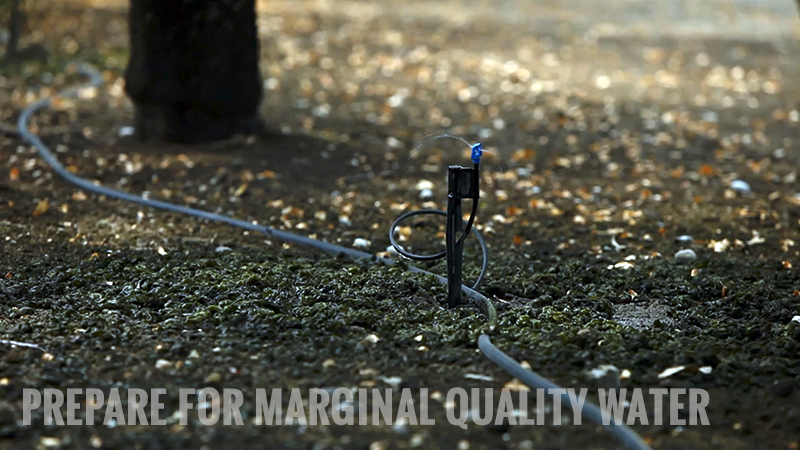Prevent Tomato Diseases From Wreaking Havoc in the Greenhouse

Compared to outside production, greenhouses have high humidity, an environment suitable for many disease organisms. They’re ready and able to take advantage of the perfect conditions.
Why is humidity higher in the greenhouse? There’s a high concentration of plants under plastic. And you’re applying a lot of water to plants in a confined space. Some of this water passes through plants’ roots, stems, and leaves, and then transpires into the surrounding air through lenticels in the leaves.
In addition, any water that hits the floor, through drainage or spray sticks overshooting the containers, will evaporate. Furthermore, the plastic covering on a greenhouse holds moisture inside until exhaust fans and vents remove humid air and allow it to be replaced with less humid, ambient air from outside.
Many diseases cannot reproduce without a film of water on the surfaces of leaves, stems, or fruits. But once that water film is there and humidity is high, they can reproduce rapidly and infect plants.
The best disease management method by far is to prevent them in the first place. Also, greenhouse tomato variety breeders have done an excellent job of incorporating disease resistance into most of the varieties on the market today.
Resistance vs. Tolerance
Let’s clear up the difference between resistance and tolerance. Resistant means a variety can totally resist a particular disease. Tolerance means the disease may be present in or on the plant, but the variety can tolerate it better than non-resistant varieties.
Resistance is indicated by a letter or two, or letters and numbers. Some of the resistances in tomatoes are indicated in the sidebar below, Tomato Variety Resistance Codes.
When choosing seeds, pay attention to which resistances each variety has. In general, pick varieties with the best resistance or tolerance. However, if you have had trouble with a particular disease, such as powdery mildew, make sure you pick a variety with resistance to that problem.
Ventilation
The next most important factor in disease prevention in greenhouse tomato crops and other vegetables is probably good ventilation.
Be sure to ventilate as much as possible as weather permits. Drawing in fresh air to replace humid greenhouse air lowers humidity. It also brings in carbon dioxide, which plants need for photosynthesis and can be depleted in a tightly closed greenhouse.
Also, air movement, whether from exhaust fans or from internal horizontal air flow (HAF) fans, helps dry plant surfaces.
If your crop is past the point of prevention and you need control measures, contact your university Extension vegetable specialist for guidance. Or, take a look at the publication Greenhouse Tomatoes: Pest Management in Mississippi.
Comments? Drop me a line.
Tomato Variety Resistance Codes
Ff – Leaf mold caused by Fulvia fulva
Fol – Fusarium wilt caused by the specified races of
Fusarium oxysporum f. sp. lycopersici
For – Fusarium crown and root rot caused by
Fusarium oxysporum f. sp. radicis-lycopersici
Lt – Powdery mildew caused by Leveillula taurica
M – Root knot caused by Meloidogyne arenaria,
M. incognita and M. javanica
T – Mosaic caused by tobamovirus pathotype
ToMV – Mosaic caused by tomato mosaic virus
TMV – Mosaic caused by tobacco mosaic virus
V – Verticillium wilt caused by the specified race
of Verticillium alboatrum, V. dahliae
For a thorough listing of tomato varieties and their resistances, check out Cornell University’s list at Vegetables.Cornell.edu.










